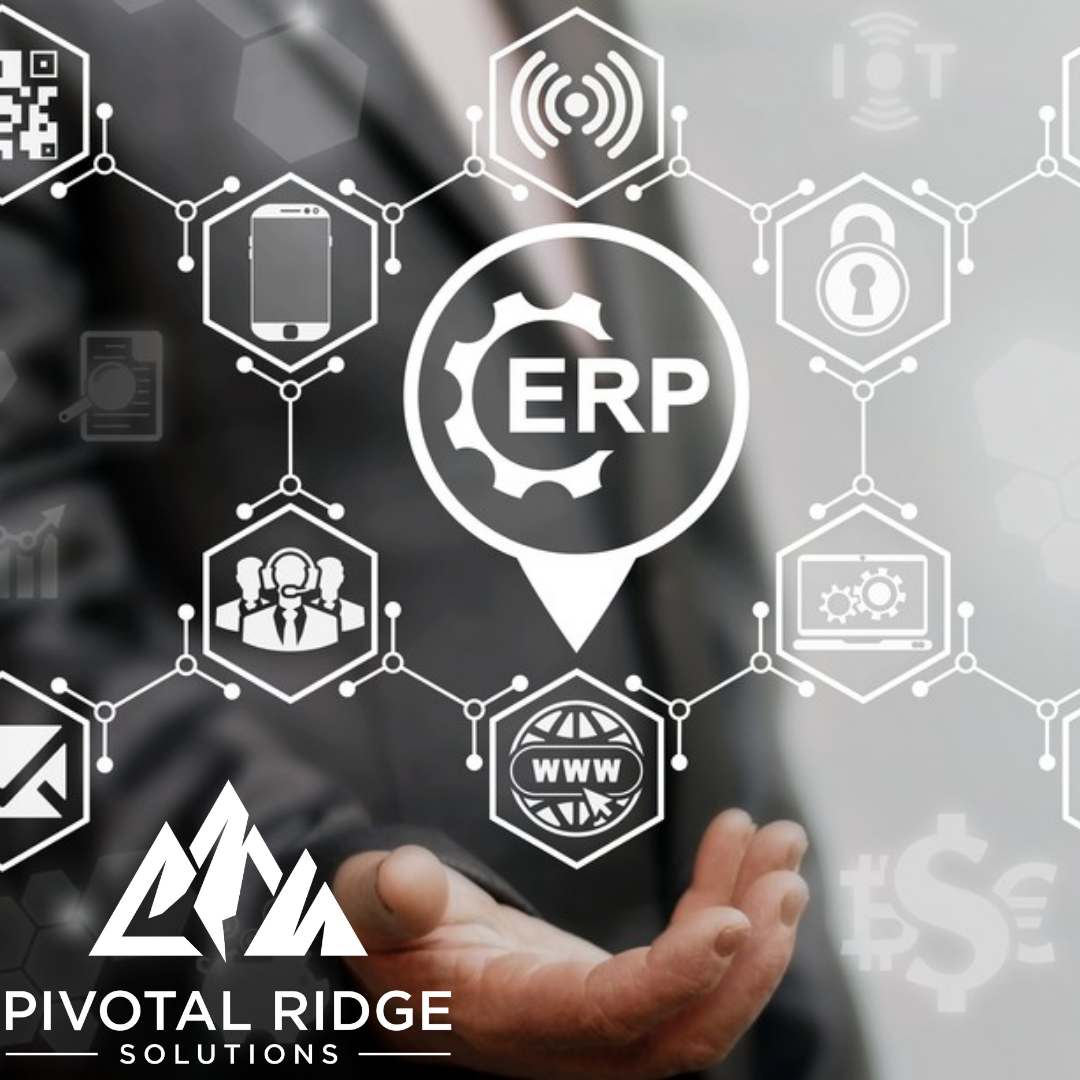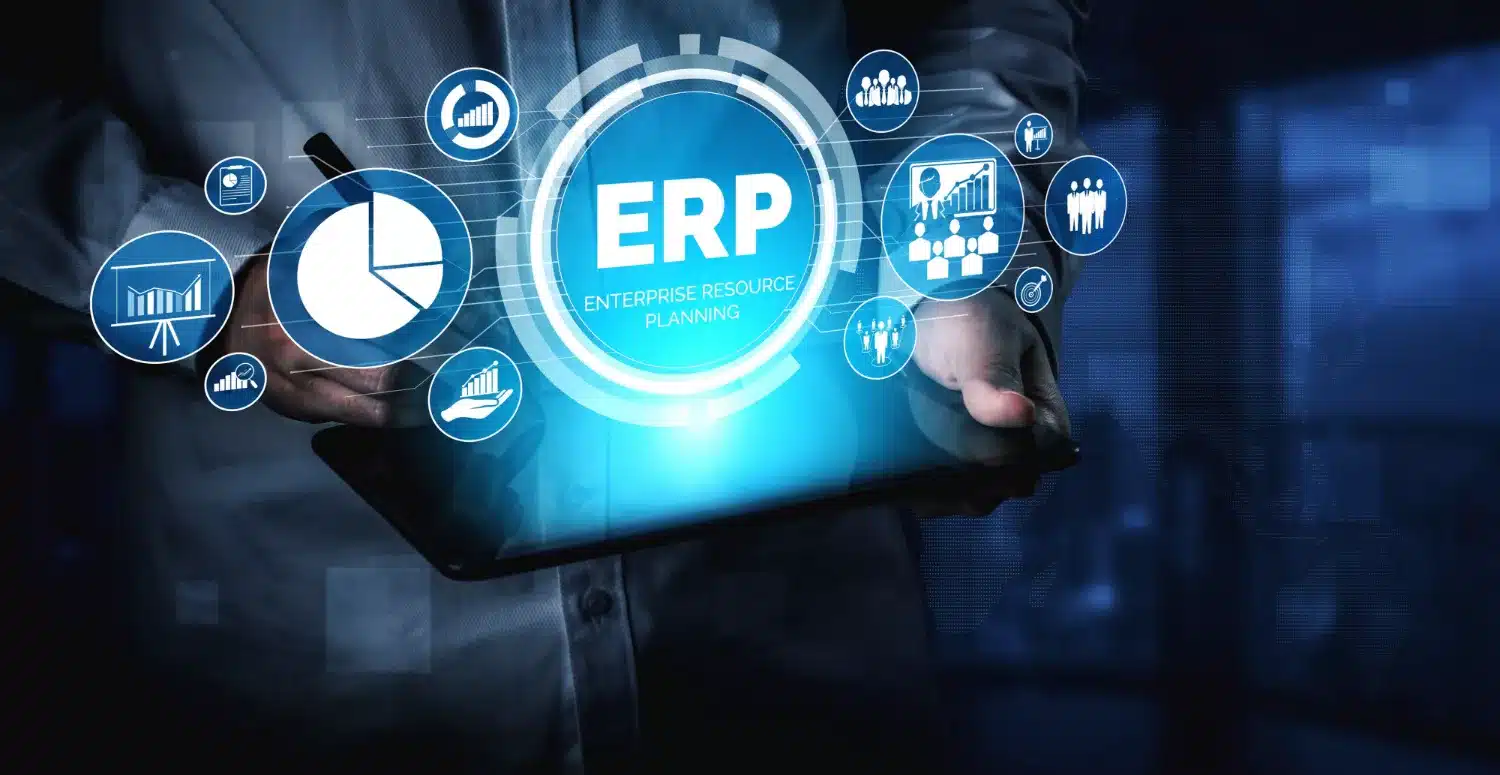Beyond QuickBooks: Your Guide to a ERP Upgrade

Beyond QuickBooks: Your Guide to a Strategic ERP Upgrade
Your business is growing, but your accounting software isn't keeping up. Manual processes, fragmented data, and limited functionality are now a bottleneck, not a solution. It's time to upgrade from QuickBooks to a full-featured Enterprise Resource Planning (ERP) system—a strategic move that centralizes your core business functions and provides the platform for sustained growth.
An ERP system addresses the key challenges growing businesses face:
- Data Silos: Integrates finance, inventory, CRM, and operations into a single source of truth.
- Inefficiency: Automates manual, time-consuming processes, reducing errors and freeing up your team.
- Scalability: Supports increased users, higher transaction volumes, and business expansion without disruption.
Your 7-Step ERP Selection Roadmap
Choosing the right ERP is a critical decision. Follow this structured approach to ensure a successful transition.
- Assess Your Requirements: Conduct a thorough needs analysis. Identify your core pain points and document specific functional requirements from every department to ensure the new system solves real-world problems.
- Evaluate Scalability: Look for a platform that can handle future growth. Verify that the system can support more users, new locations, and increased data without a major overhaul.
- Ensure Security & Compliance: As your business grows, so do your security and compliance needs. Choose a system with built-in audit trails, robust user permissions, and industry certifications.
- Plan for Integration: The goal is to eliminate data silos. Ensure the new ERP can integrate seamlessly with your existing critical systems like CRM, e-commerce, and payroll.
- Assess Vendor Ecosystem: A strong vendor is a partner. Evaluate their support options, implementation expertise, and network of certified consultants to ensure long-term success.
- Analyze Total Cost of Ownership (TCO): Look beyond the initial license fee. Account for costs of data migration, implementation, training, and ongoing support to get a clear financial picture.
- Adopt a Phased Strategy: A successful transition is a marathon, not a sprint. Consider implementing core financial modules first before expanding to other departments to minimize risk and disruption.
Practical Advice for a Smooth Transition
- Build a Cross-Functional Team: Include representatives from all key departments to ensure buy-in and a system that meets everyone's needs.
- Validate with Demos: Use real data and workflows in your proof-of-concept demos to see how the system performs in your specific environment.
- Engage a Neutral Expert: Partner with a vendor-agnostic consultant to help you objectively evaluate options and find the perfect fit, not just the most popular choice.
Making a Pivotal Decision
The move from QuickBooks to an ERP is a strategic investment that will define your company's operational efficiency for years to come. With careful planning and the right partner, you can make this transition a catalyst for growth.
Ready to find the right ERP for your business?
Schedule a Consultation with Pivotal Ridge Solutions for objective guidance and expert support in your ERP selection journey.





.png)